‘A flapdoodle’ follows WAM’s game-changing sale of a prominent Henry Moore sculpture
- Oops!Something went wrong.Please try again later.
The Wichita art community is in a bit of a tither over the Wichita Art Museum’s sale of a Henry Moore sculpture — what some consider one of its prized pieces — for $10.5 million.
“A flapdoodle” is how one person described the situation.
“Working Model for Three Piece No. 3: Vertebrae” sits on an outside terrace at WAM and has been part of its collection since 1977, when Pizza Hut franchisees and other investors donated it to honor Dan and Frank Carney when the brothers sold their Pizza Hut chain to PepsiCo.
There hasn’t been a decision yet on how proceeds from the sculpture’s sale will be managed, whether through an endowment or another plan, but the end result will be new purchasing power for artwork to fill in gaps in WAM’s core collection of American art.
“We are just thrilled to be able to have this investment that for years to come is going to be able to bring new artworks to Wichita and to the art museum, and we’re really excited to be able to grow,” said director Anne Kraybill, who joined the museum in August.
“Let’s be honest, these galleries have been kind of stagnant for years, right?” she said. “We currently have only about $65,000 a year to spend on artworks, so this is just going to be a complete game-changer.”
Not everyone is quite as excited.
Longtime Wichita artist John Ernatt said it’s his understanding that “most museums don’t grow their collection by trading off good pieces in their collection.” He said with any kind of collecting, you don’t replace a stellar piece with several ones that aren’t as good.
“It’s an interesting first move . . . to sell something that’s a pretty big feather in the cap of the museum, or I always thought it was,” he said. “The company line seems to be that it’s an American art museum . . . and Henry Moore is not an American artist, so it doesn’t fit in the scope of the collection. . . . I’m not particularly compelled by that argument.”
A New York gallerist approached WAM three months ago on behalf of a private buyer who wanted the British Moore’s sculpture.
Artists and others have qualms about museum pieces going to private collections.
Wichita artist and former gallery owner Ann Resnick called it “kind of disgusting.”
“If people are using the museum as a shopping center, that’s kind of weird,” she said. “I get it. I mean, all museums are hard up, and I know they wouldn’t just sell it without any regard, but I think that still seems like a bad precedent. . . . It just doesn’t feel right to me.”
Kraybill said she can “absolutely understand” why that’s a concern, but she said the Moore piece was an outlier in WAM’s collection.
Former WAM board president Dan Rouser, who also served on the collection committees at WAM and at the Ulrich Museum of Art at Wichita State University, initially was dubious, too.
“I’m always skeptical of deaccessioning.”
However, the process of removing works from an institution’s holdings, often to raise money, is something he’s actually done while on the Ulrich’s collection committee.
Rouser is the one who noted there’s been a flapdoodle around the Moore sale, but he said it could be much worse. He said it sounds like Kraybill got the necessary buy-in from key players, which he said is important “because otherwise there is flapdoodle till the cows come home.”
Something to consider?
When Kraybill heard from the New York gallerist, Dominique Levy, she first turned to WAM curator Tera Hedrick.
“Normally, this is not something we would entertain, but I talked to Tera and said, you know, they have an interesting . . . potential offer, and is this something we even want to consider?”
Hedrick said yes — despite her love for the Moore statue.
“I hate to see the Moore go, too,” Hedrick said. “But, we have an American art museum, and we can get more American art that will also be beloved by this city.”
Louise Caldwell Murdock, whose 1915 bequest led to the start of the museum, stipulated that the collection should be American art — paintings, sculpture, fiber, ceramics and glass. Hedrick said that 95% or more of it is.
“And for that reason we felt like, well, this is something we could explore,” Kraybill said. “So we went to talk to Dan Carney about this because . . . if he had said, ‘No, this is my legacy, this is my brother and our legacy in this artwork,’ we would have just put the brakes on this completely.”
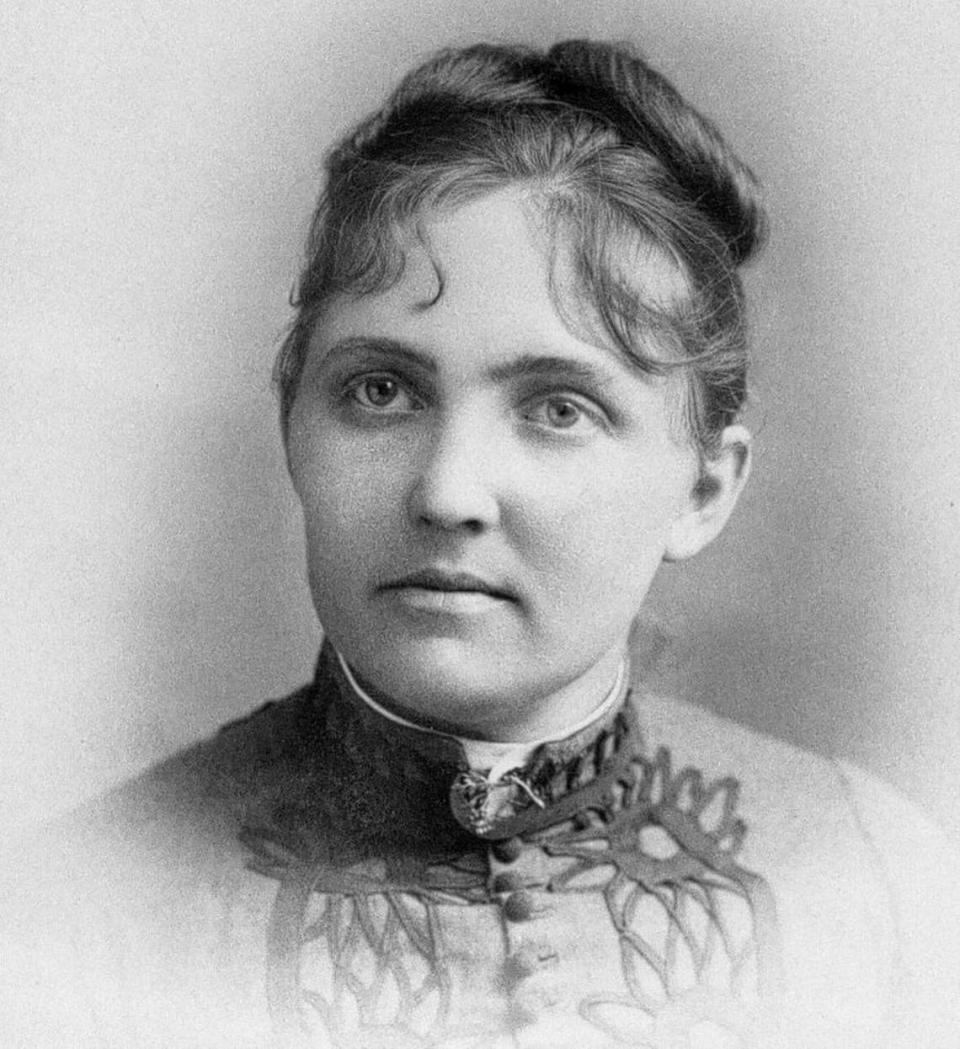
Frank Carney died in 2020, but after learning more about the sale through Dan Carney, Frank Carney’s widow, Janie, was on board, especially since the Carney names will go on all purchases made with proceeds of the statue sale.
The Henry Moore studio in England loaned WAM the sculpture in 1977 with the intent to let it remain for three years while the Carneys’ friends raised the $150,000 to buy it. If that hadn’t happened, the studio would have taken the sculpture back, but the fundraising was successful.
“It was a very exciting acquisition as it happened,” said Novelene Ross, who was WAM’s curator of education at the time and went on to become chief curator.
When Kraybill and a team asked for a meeting with Dan Carney, he said he was sure he knew why they were coming.
“Uh oh, they’re probably coming for a donation.”
Instead, he learned of the buyer for the statue.
“I was in complete shock.”
Carney said he asked if he had a say so, and he was told he did. Then he learned how the money could fund future American art purchases.
“Once they got to the millions, I said, ‘It’s got to be a heck of a deal,’ ” he said. “I’ll do whatever . . . helps the art museum.”
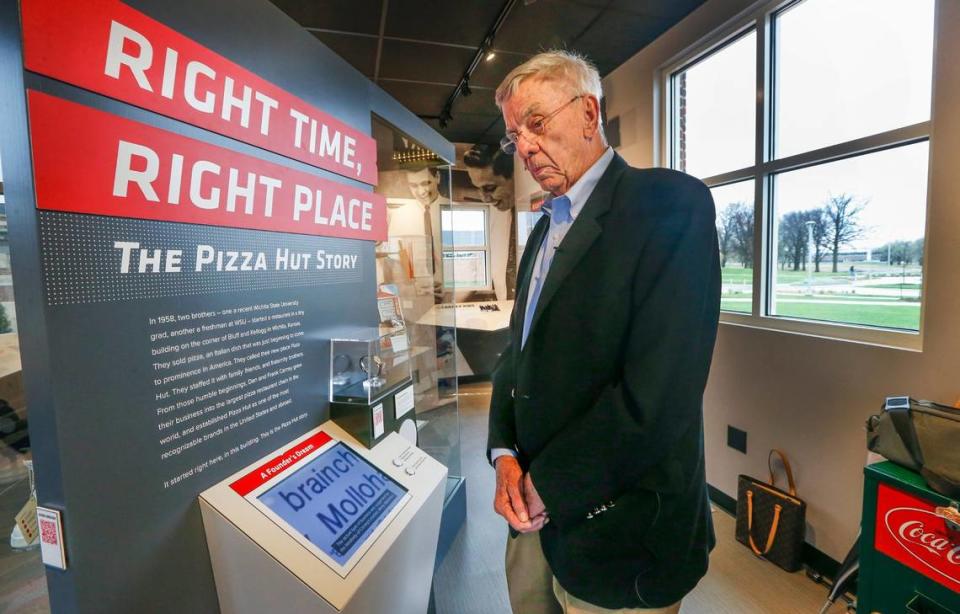
Carney said he can see how others might disagree.
“There’s no reason why somebody wouldn’t object. This is a democracy. That many people, you’re going to have a difference of opinion.”
First reactions
Next, Kraybill visited with City Council members, the mayor and city manager. She said everyone was supportive.
The museum’s board and executive and collection committees were unanimous — minus one person — in their decision to sell.
“A decision for any museum on any piece is a big deal, and this is an exceptional piece,” said Richard Overby, the lone dissenter.
He noted, without more explanation, “My concerns were related to process.”
Board chairman Lou Heldman said his first reaction was, “It’s a Henry Moore. He’s very important, and do we really want to do this?”
He became convinced, though, and he thinks other Wichitans will be, too.
“This may actually be a great thing to shine a light on the museum’s historic mission . . . celebrating and conserving and displaying American art.”
Being in the middle of the country, away from some of the old European influences of the Coasts, Heldman said it makes sense to focus on American art.
“I totally respect if people feel a sense of loss because they felt attracted and in a long-term relationship with this particular piece of art. I have my favorites, and I would feel terrible if I couldn’t visit them anymore, but this is going to do remarkable things for our ability to bring and have in our collection great pieces of American art.”
Ross, the former curator, said the museum is supposed to be about works that speak “to American culture or the development of our culture and the explanation of our history and our values.”
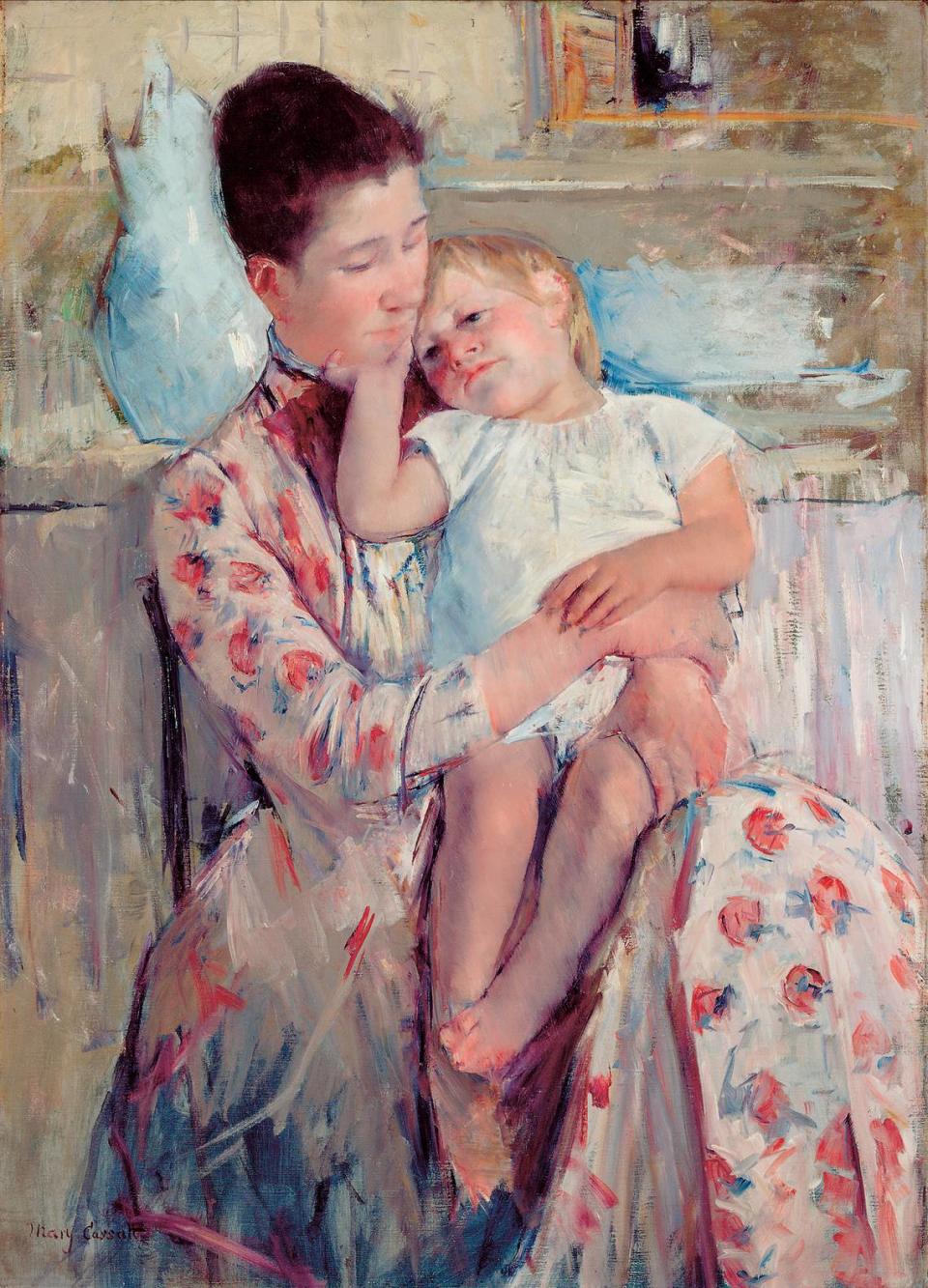
Heldman said in part of the discussion trying “to understand every facet of this,” one board member commented that the Moore sculpture is a masterpiece, and the problem with buying new works is that no one is making more masterpieces.
Heldman countered that there are more masterpieces being created, “We just don’t know it yet.”
Masterpieces often aren’t revealed as masterpieces until decades or even a century after they’re made or purchased, he said.
“Now, we say, ‘Well of course their position in the history of art is clear.’ If you don’t have an unlimited budget, the time to acquire art is before their position is clear.”
A weak argument?
As Kraybill watched a photographer snap pictures of the Moore sculpture this week — just a few weeks before it leaves for good — she acknowledged that a lot of Wichitans may not know it at all.
The terrace has been closed for years due to deteriorating steps, which are now under renovation. There are security and humidity issues with letting guests go in and out on the terrace while touring the museum, so it’s usually open only for private events.
Kraybill said WAM’s Moore sculpture is not like the Moore sculpture at WSU, “which is more figurative.”
Moore’s “Reclining Figure: Hand” sits outside of the Ablah Library at WSU.
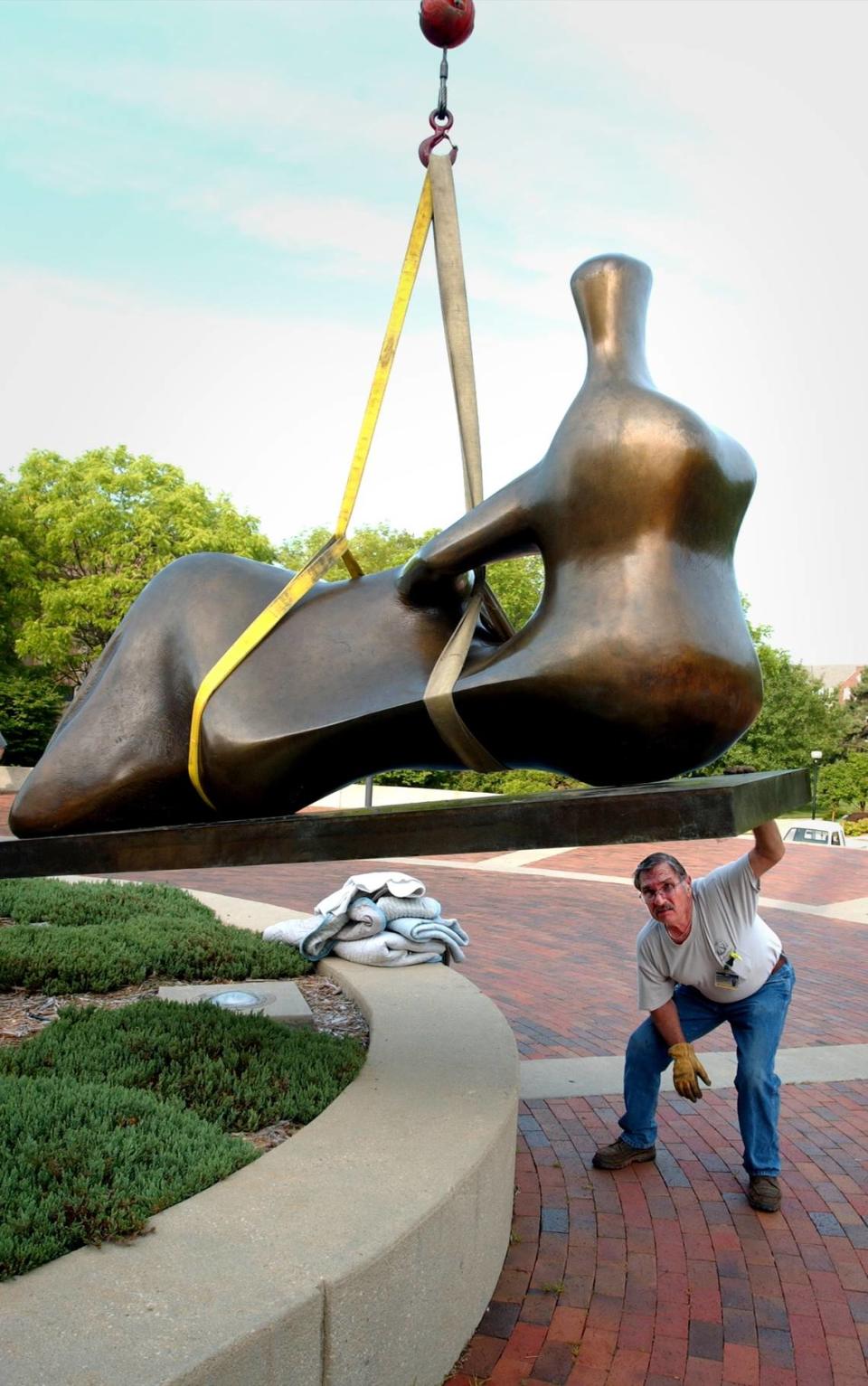
Kraybill and other defenders of the WAM sale point to WSU’s Moore sculpture as something that’s available to Wichitans, making WAM’s not quite as essential.
“I think that’s weak,” said Ernatt, the artist.
“With a piece that is as important to that collection . . . it seems like it would have been a nice thing for the community to have an opportunity to be heard.”
Kraybill said, “That’s why we have a board.”
Still, with a piece this important, Ernatt said, “I think it would have been a nice thing to take the temperature of the community on this.”
The issue over the statue plays into something bigger at WAM, Ernatt said.
In his opinion, the museum has made some questionable recent acquisitions.
“If the art museum had a better track record of late of what they’re adding to the collection then it might inspire more confidence . . . in the administration making moves like this. . . . Let’s witness this piece that now hangs at the centerpiece of the entrance of the museum.”
The WAM website describes Beth Lipman’s “Living History” sculpture hanging in the foyer as a mixed-medium piece that is “at once ethereal and substantial, captivating and calming.”
“The nice way to say it is I think that the piece is uninspiring,” Ernatt said. “I’ve had a hard time finding anybody who appreciates that piece.”
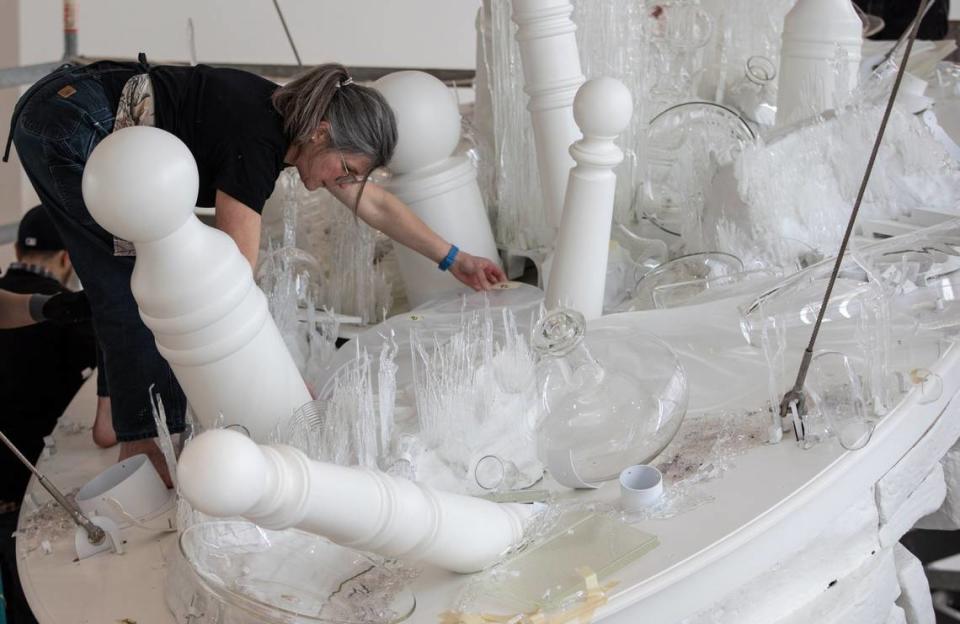
Kraybill said she knows there are mixed feelings about the piece, which was acquired before she joined the museum.
“It’s an interesting piece, and that’s part of the role of art is to be able to have those discussions,” she said.
Ernatt said a lot of artists who care deeply about art and the places where its kept make conscious decisions about not participating on boards and in other ways because of their own work and potential for conflicts of interest. However, he said with issues like the sculpture, it almost demands more people with artistic sensibilities be involved.
“I care about these places.”
Filling the gaps
Kraybill said she understands people who have a connection to the Moore sculpture, but she also is blunt about what she had to do.
“I am really looking at the future of the Wichita Art Museum and the fact that we have major gaps in our collection.”
One of those gaps is with people of color, she said, noting the museum has a strong collection from the 1930s “but no Harlem Renaissance.”
“We do not represent everybody that lives in Wichita, right? . . . This gives us a huge opportunity to be able to change that narrative and be a museum that’s truly inclusive to everyone.”
During the pandemic, WAM let some of its endowment money roll over, which led to larger purchases, such as Robert Peterson’s “Sunday Kind of Love” and Vanessa German’s “THE BEAST, or Self Portrait.”
“We’ve seen just what those new acquisitions have done for the community excitement and the buzz and people actually (are) like, ‘I can see myself here.’ ”
Kraybill said one board member told her that “for the first time she feels like her family’s represented in the collection.”
“This is going to be an incredibly meaningful strategy to make a huge impact for the entire community.”
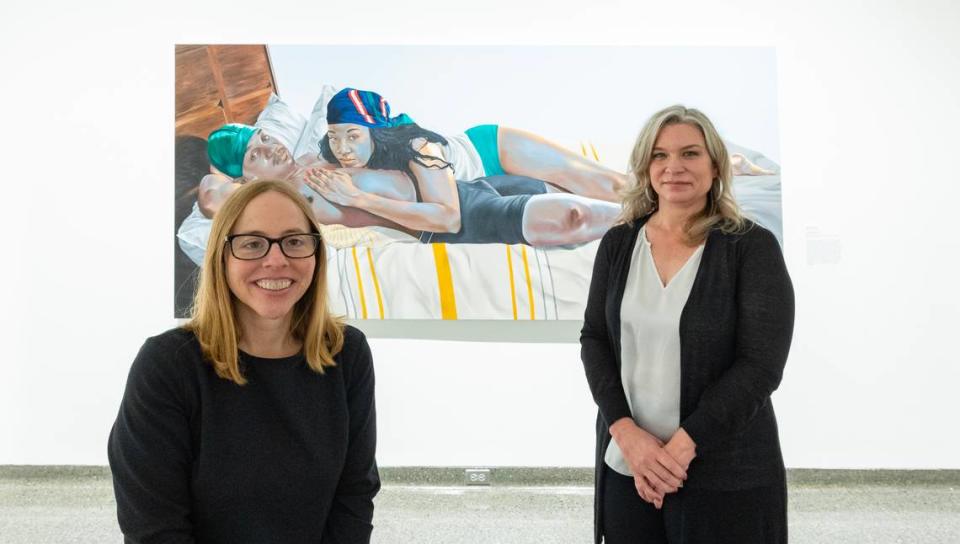
Hedrick, the curator, said it would be great to have a Hudson River landscape piece to anchor WAM’s other 19th century works that are smaller or by lessor-known artists. She said the museum doesn’t have any great early American or Colonial pieces, and she said it would be phenomenal to have some mid-century abstraction.
She said the museum will gather data and run reports about what it owns from which periods and then assess what it still needs.
“We also want to update the collections plan so that that has like the road map so that people can really see where we’re going,” Kraybill said.
“We don’t get to go shopping just yet.”
Kraybill said she hadn’t been looking to sell anything.
“We were not talking about deaccessioning just because we didn’t have the bandwidth to even begin the process, but it’s an exercise that’s an important one for museums to go through.”
Hedrick said the Association of Art Museum Directors has deaccessioning guidelines that encourage museums “to edit and to refine and to make sure that you’re kind of laser focused on the mission of your museum.”
She said WAM must consider its gaps, assess what works need restoration and where it has deep redundancies.
“It’s never generally about the value,” Kraybill said.
Hedrick is beginning the process of creating a list of dream works and artists.
“It should be really fun.”
She said she’s “hoping that people will come along with us on that ride.”
‘You just never know’
The last time a Moore statue comparable to WAM’s sold a few years ago, it went for about $8.5 million.
Some Wichita artists doing their own quick online research discovered a similar one that sold for more like $30 million more than a decade ago.
Rouser wondered if maybe the piece could have fetched more at auction instead.
WAM uses Christie’s to value its works for insurance, and the auction house put a value of $8 million on the Moore sculpture.
Kraybill checked with Sotheby’s and said she was told it probably would not be able to fetch much more.
She said it’s true that there always is a chance for more, but it also could be less or there could be no bids at all, which could be especially damaging for future sale possibilities.
Kraybill said fluctuating prices are the nature of the art market.
“You just never know. It could go up, it could go down,” she said. “We can’t treat the collection as (an) asset . . . in terms of, like, speculating the market.”
Hedrick said while the Moore statue could rise in value in future years, she said, “We might be able to acquire things that five years from now might be outside of our price point, too. The market changes for the Moore, but the market changes for everything.”
Deaccessioning the Moore statue wouldn’t even be a conversation if Moore were American, Hedrick said.
“Never.”
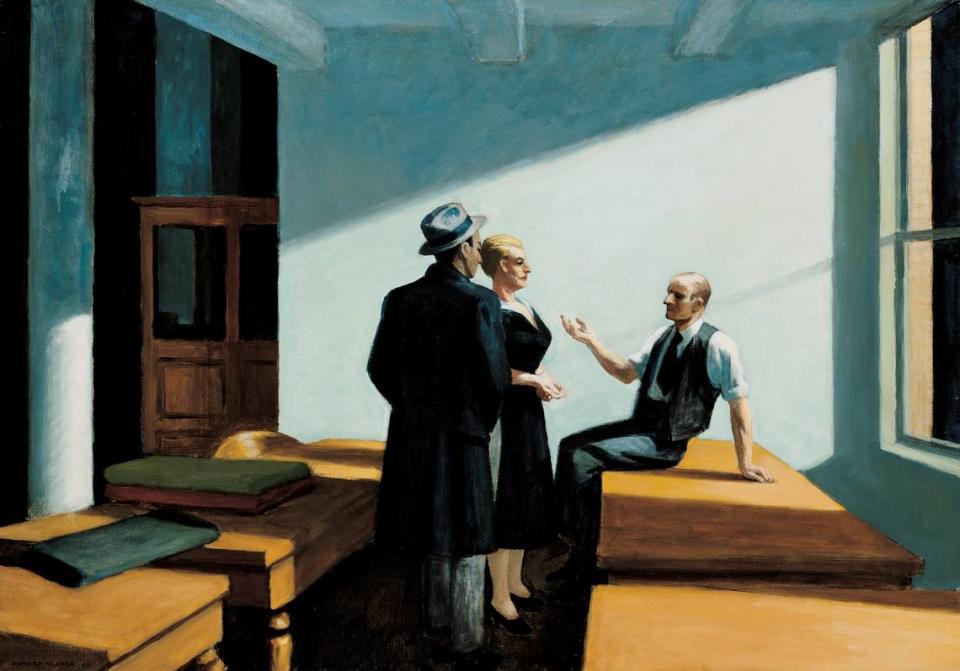
Nor will WAM sell anything that is core to its collection, regardless of what may be offered for it, Hedrick and Kraybill said.
WAM board member and art collector Mike Michaelis said while it’s hard for those who love and appreciate the Moore sculpture to see it go, and it required a lot of thoughtful discussion, the possibilities of what it can create “kind of tilts the decision.”
“What we acquire over the next several years will be appreciated by a much broader group of people.”
Kraybill said there is much precedent for deaccessioning, and the main ethical concern is that money from the sale of art doesn’t go to operating expenses.
For some in the art community, the sale caught them by surprise, and it’s been a matter of learning about it and adjusting to the idea.
For Hedrick, though, it’s been a matter of containing her emotions for three months.
“We’ve approached this process so cautiously.”
At any point, the deal could have fallen apart, she said.
But it didn’t. And Monday, her giddy excitement was palpable as she rushed to explain the possibilities that lie before the museum.
“I think it’s just now setting in. . . . We can do some marvelous things here.”

